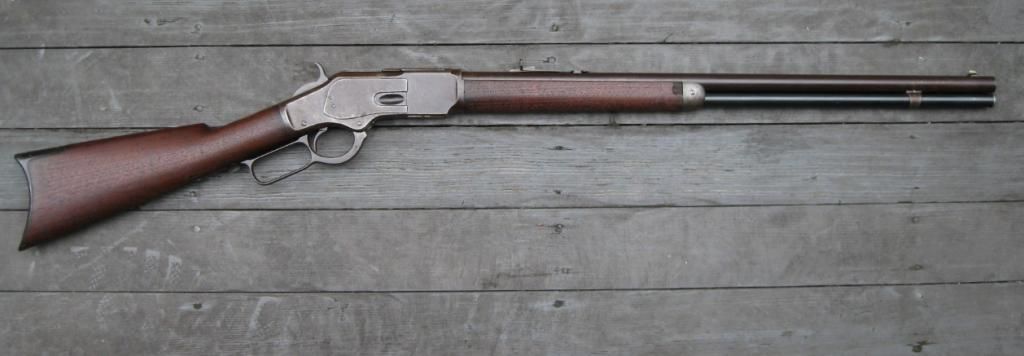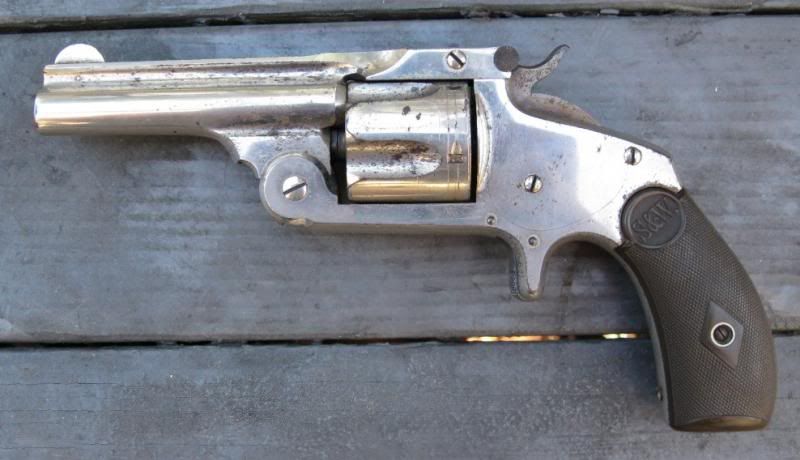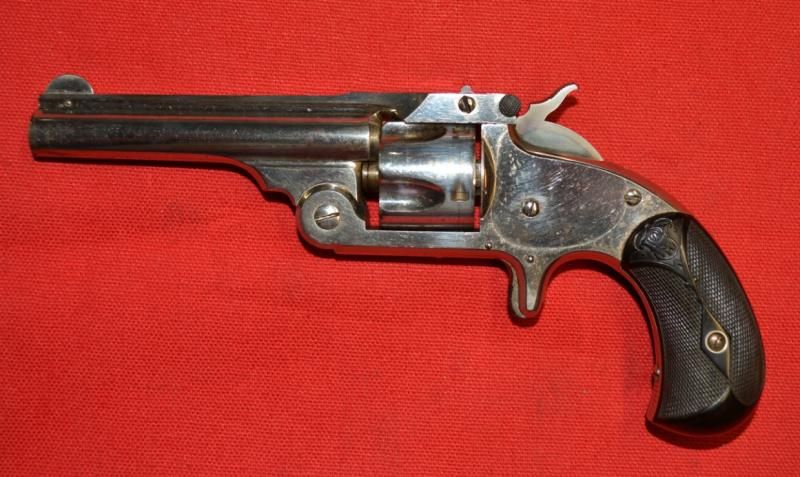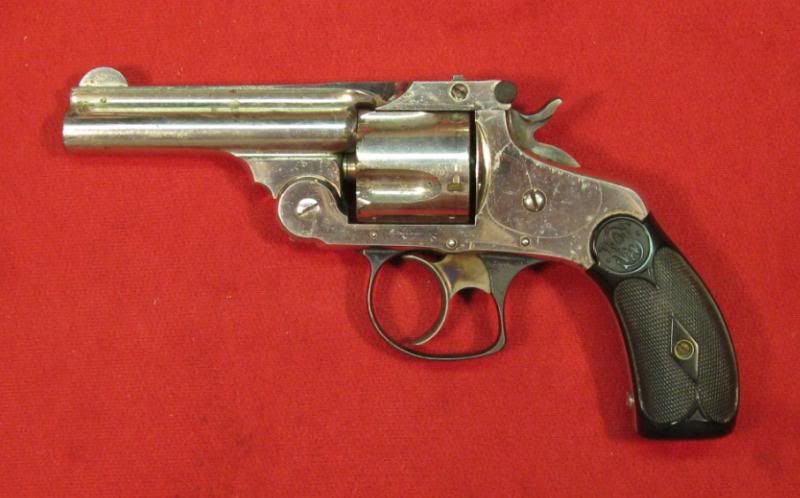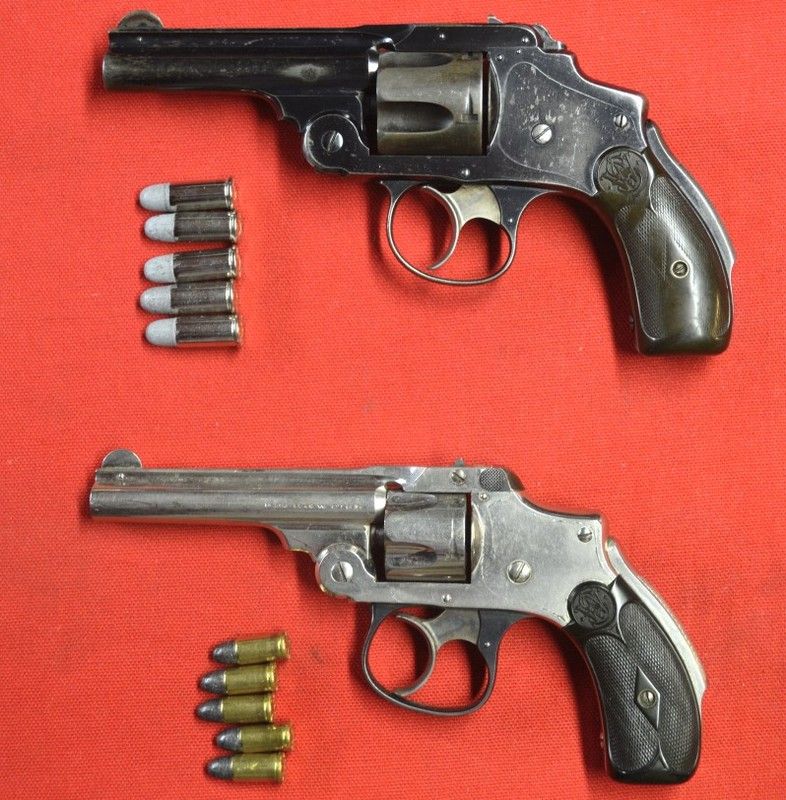The simple answer: No
In 40 years of collecting Western books, including the Time-Life series,
very few pictures bear out the image of the cowboy or even very many
people carrying pistols.
Too many 19th Century pictures of "cowboys" are staged.
Now as to lawmen, I'm sure they were often carrying. But think about reports of Wyatt Earp carrying concealed in large pockets of his frock coat.
This was a common practice.
Also, consider manufacturing figures. Most handguns were of the small/intermediate caliber and designed for concealed carry. Now as to
rifles and shotguns, the sales figures soar compared to any model pistol, especially the famed SAA.
As to cowboys in particular, most often they didn't even own any horses but drew from a ranch's remuda, they were poorly paid compared to many other jobs.
As to needing a pistol, the most sound reason I ever read was that range cattle were mean and tough and would/could attack a horseman to gore him.
As a last resort, a pistol might come in handy.
Indian attacks were few and far between. I have one memoir of a cowboy who fought Comanches on one cattle drive and he used a Henry rifle. After
his cowboy days, he took up hunting game to feed the railroads and used a Sharps. Never carried a sixgun. As for Indians, they "liked" cattle drives and cowboys because they could as a toll extract several head of beeves.
Even regarding wagon trains, you'd be hard pressed to find any authenticated
reports of major Indian attacks.
In 40 years of collecting Western books, including the Time-Life series,
very few pictures bear out the image of the cowboy or even very many
people carrying pistols.
Too many 19th Century pictures of "cowboys" are staged.
Now as to lawmen, I'm sure they were often carrying. But think about reports of Wyatt Earp carrying concealed in large pockets of his frock coat.
This was a common practice.
Also, consider manufacturing figures. Most handguns were of the small/intermediate caliber and designed for concealed carry. Now as to
rifles and shotguns, the sales figures soar compared to any model pistol, especially the famed SAA.
As to cowboys in particular, most often they didn't even own any horses but drew from a ranch's remuda, they were poorly paid compared to many other jobs.
As to needing a pistol, the most sound reason I ever read was that range cattle were mean and tough and would/could attack a horseman to gore him.
As a last resort, a pistol might come in handy.
Indian attacks were few and far between. I have one memoir of a cowboy who fought Comanches on one cattle drive and he used a Henry rifle. After
his cowboy days, he took up hunting game to feed the railroads and used a Sharps. Never carried a sixgun. As for Indians, they "liked" cattle drives and cowboys because they could as a toll extract several head of beeves.
Even regarding wagon trains, you'd be hard pressed to find any authenticated
reports of major Indian attacks.

